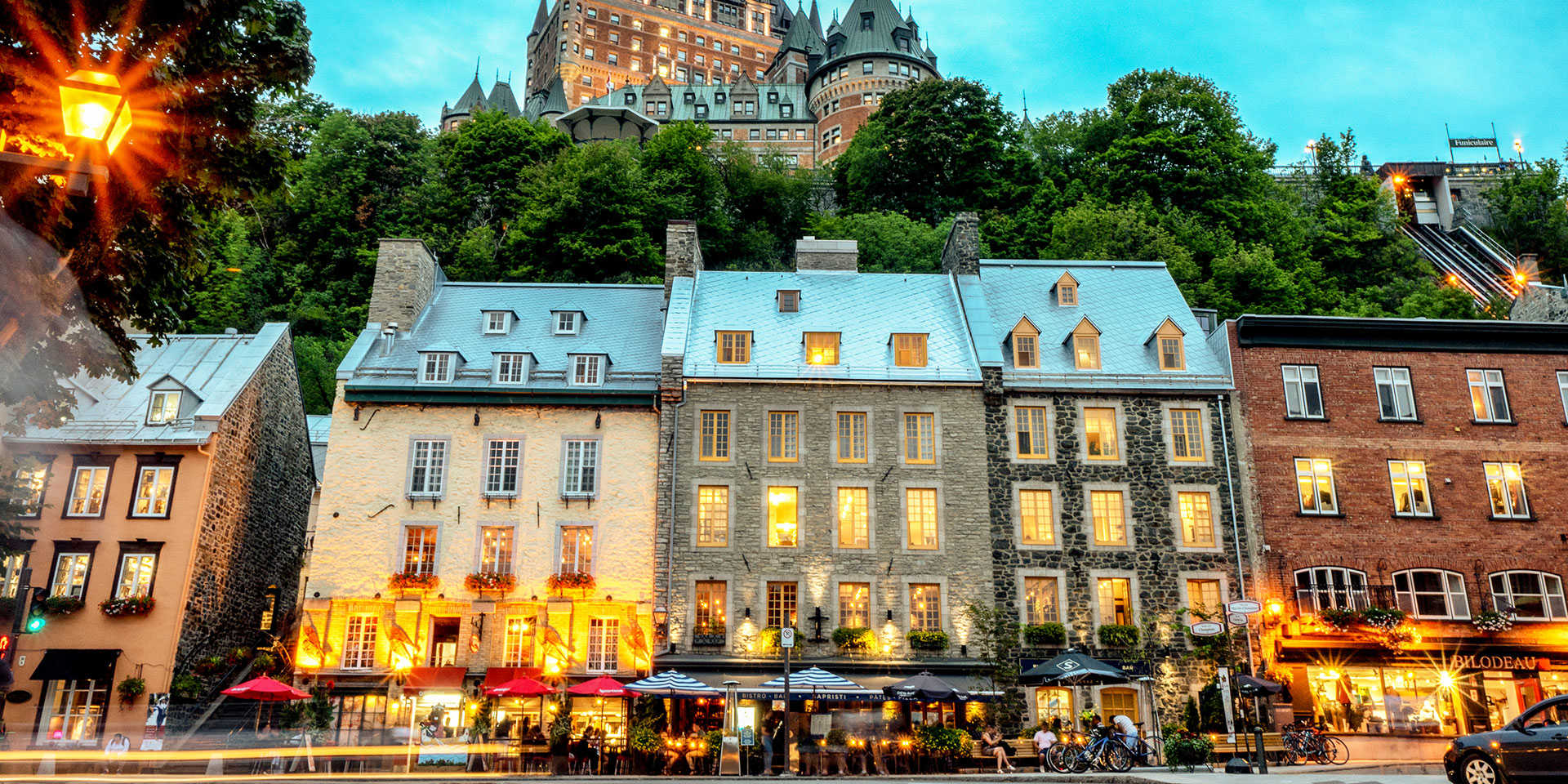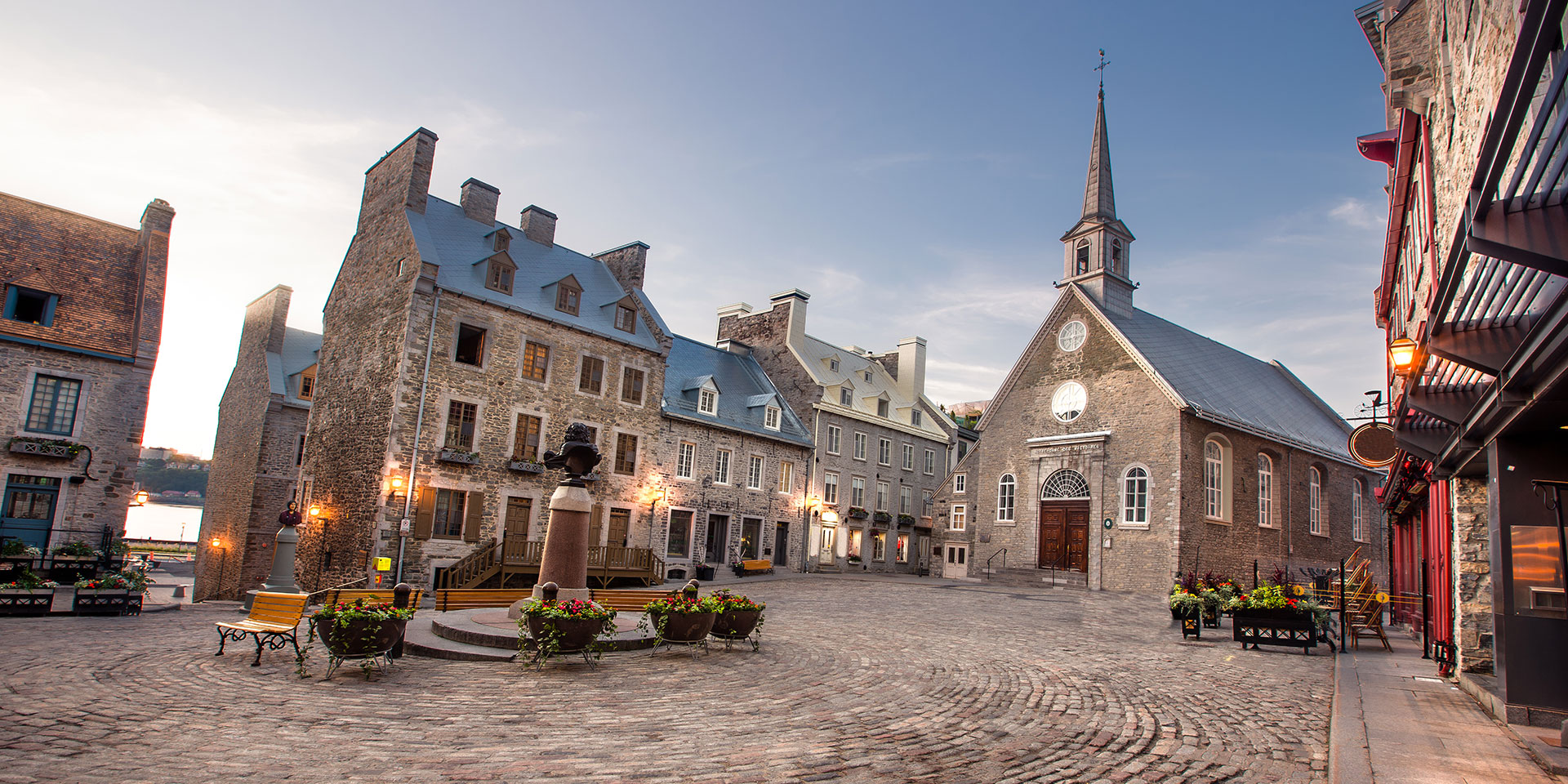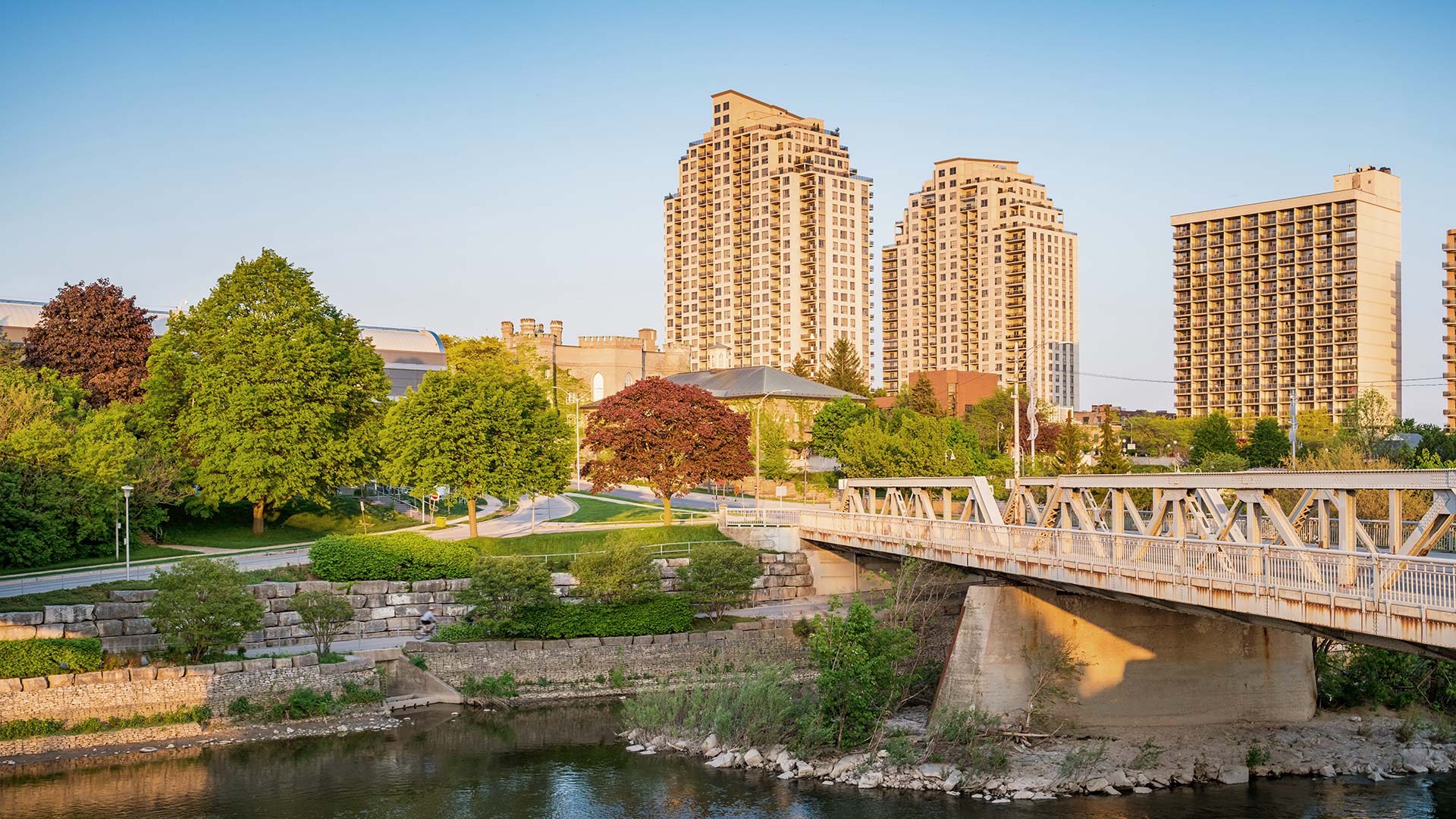
Quebec City’s neighborhoods are full of charm. (Photo: Getty Images)
CanadaBeyond Old Quebec: 6 Quebec City Neighborhoods You Need to Know
By Daniel BaylisAs one of the oldest European settlements in North America, Quebec City is the cradle of the continent’s French-speaking population. The city has all the charm (and politeness) you’d expect from a Canadian destination, but with unequivocal French roots that have influenced everything from the stunning Châteauesque architecture to the style of bread you’ll find at the local boulangeries.
While Quebec City has 35 different quartiers (neighborhoods), here are a few of iconic ones—perfect to discover on a weekend getaway.
Old Quebec
If these walls could talk, what tales they would tell. Quebec City is one of the only places in North America that has intact fortification walls. The ramparts—a technical term for defensive walls—date back to the 1600s and were used to keep dueling European nations at bay.
History buffs will savor the stories of the grand battles that took place for power over the city. (Possessive much?) Head to the Fortifications of Québec National Historic Site for a tour.
Perhaps more relevant to the modern-day traveler is the fact that much of the city’s stunning traditional architecture is located here in Vieux-Québec, declared a World Heritage site by UNESCO in 1985.
First-time visitors should pop into La Maison Simons—the flagship location of a wildly popular department store. Restaurant choices are hit and miss in this neighborhood, but Aux Anciens Canadiens is a reliable choice with gourmet Quebec cuisine in a historic home.
Petit-Champlain and Place-Royale

Ride the charming funicular cableway to descend into Petit-Champlain, and then amble along Rue Sous-le-Fort (translation: road under the fort) for assorted boutiques and French-style patisseries.
Head to Place-Royale—a modest, cobblestone square—to see Notre-Dame-des-Victoires, the oldest stone church in North America, built in 1688. The square feels like a place where Belle (from “Beauty and the Beast”) would spontaneously burst into a love song about books. Or where someone might sharpen a guillotine. Let your imagination be your guide.
Old Port
The Old Port is a great neighborhood for strolling through antiques stores, art galleries and sidewalk cafés. The historic houses were once home to grain merchants and wholesale grocers, while many of the buildings attest to the neighborhood’s role as the former financial district.
Sitting proudly in Place de la FAO, “La Vivrière” is a bronze sculpture reminiscent of the carved decorations that used to decorate the bows of ships.
Inspired by the wooden docks of the 19th century, Place des Canotiers is a landscaped plaza at the confluence of the Saint Lawrence River, the old city, and the port. Kids of all ages—yes, even Dad—will love jumping through the fountain installations and splash pads.
Saint-Jean-Baptiste
Originally a faubourg of Old Quebec (a faubourg is a district located outside city walls), Saint-Jean-Baptiste was once inhabited by craftsmen and merchants.
These days the neighborhood has been refurbished into a bustling commercial strip. While Old Quebec attracts plenty of tourists, you will find actual Quebec City locals in this quartier.
Rue Saint-Jean is the backdrop for bars, microbreweries, bistros and cafés, but also check out the retail options: used bookshops, eclectic vinyl venders and clothing boutiques.
Don’t miss J.A. Moisan grocery store, which prides itself on being the oldest grocery store in North America—open since 1871. If you need a rest, pull up a bench at Parc de l’Amérique-Française, which is dedicated to the francophone communities across North America.
Saint-Roch
Saint Roch is the patron saint of pilgrims, bachelors and … gravediggers—an eclectic lineup by any measure. The neighborhood of Saint-Roch—which is also a faubourg—is equally as eclectic as its namesake.
Once populated with working-class families and industrial sites, Saint-Roch has been transformed into a hotbed of food, culture, technology, fashion and nightlife. Think of it as the Williamsburg (Brooklyn) of Quebec City.
The exposed brick walls of bistro Le Voisin (The Neighbor), is a juxtaposition to the warm dishes and relaxed service. Book in advance at L’Affaire est Ketchup (rough translation: “it’s a done deal!”) where reinvented comfort food is served in an apartment-size, homey setting. Both restaurants are stellar options for pilgrims, bachelors, and gravediggers—and probably you, too.
Montcalm
Named after Louis-Joseph de Montcalm—a controversial Lieutenant General with the French Army—the neighborhood of Montcalm is known as Quebec City’s art district.
The cultural hub is the Musée national des beaux-arts du Québec (MNBAQ), an architectural gem showcasing both Quebec and international art. The in-museum restaurant, Tempéra, offers shared dishes that complement the artistry of the edifice.
Alternatively, at Petits Creux, Corsican sisters Marie-Pierre and Kim prepare Mediterranean-inspired dishes but with seasonal, local ingredients.







